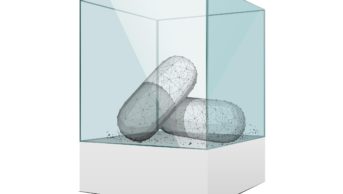
Shutterstock.com
A genetically modified cell-based therapy that can reduce the risk of complications following a stem cell transplant in patients with certain blood cancers has been recommended for conditional marketing authority by the European Medicines Agency (EMA).
Zalmoxis (a new advanced medicinal product) is being recommended as an additional treatment for patients with blood cancers, such as leukaemia and lymphoma, who have had a haploidentical haematopoietic stem cell transplant (HSCT). The therapy is designed to aid immune reconstitution and reduce the risk of graft-versus-host disease.
T cells (a type of immune cell) are given to transplant patients to help fight off infection, boost transplant success and improve long-lasting anti-cancer effects but they can also trigger graft-versus-host disease. Zalmoxis contains T cells from the stem cell donor that have been genetically modified to include a ‘suicide gene’.
Zalmoxis’s suicide gene makes the T cells susceptible to the drug ganciclovir, which is given when graft-versus-host disease develops; ganciclovir kills the T cells and the suicide gene, and halts the disease.
The EMA’s Committee for Medicinal Products for Human Use recommendation follows the success of a clinical trial of 30 blood cancer patients given Zalmoxis who had haploidentical HSCT. The immune system was restored in 23 patients; 10 developed graft-versus-host disease of whom nine were given ganciclovir — none died or suffered long-term serious effects from graft-versus-host disease.
Overall survival rates from that trial and another involving 15 patients treated with Zalmoxis were higher for Zalmoxis patients (49% survival after one year, compared with 37% for patients who had undergone haploidentical HSCT who did not receive Zalmoxis), according to the EMA.


